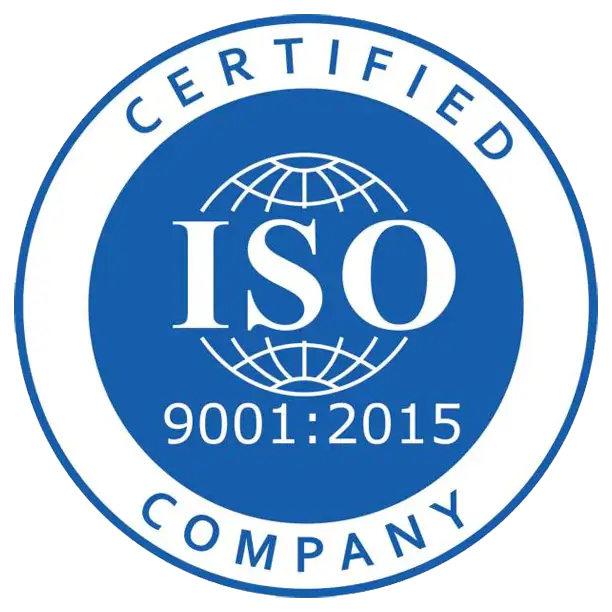
Monosodium glutamate (MSG) has been a staple of contemporary food preparation for many years, added to foods to enhance the umami or savory taste of dishes. MSG is an amino acid naturally found and also the sodium form of glutamic acid, naturally present in various foods such as tomatoes, cheese, and mushrooms. When combined with processed food, MSG deepens the intrinsic savory taste, resulting in the food being tastier and satisfying. This role has rendered MSG irreplaceable in a multitude of food items such as soups, snacks, sauces, and frozen dinners.
The Importance of MSG in Food Processing
MSG is widely used as a flavor enhancer in food products. Its simple function is to intensify the umami taste, one of the five elementary sensations in addition to sweet, sour, bitter, and salty. Umami is the taste that is most closely related to richness and culinary depth, and MSG stimulates receptors on the tongue which respond only to glutamate. It makes food richer, more sophisticated, and satisfying. The development of MSG over the years has led to improved production techniques, making it more effective and cost-efficient in flavor enhancement.
MSG is critical for effective food production. By promoting the natural taste of foods, MSG enables food manufacturers to reduce the use of more costly taste enhancers like natural essences, herbs, or high-quality seasoning. The development of MSG has ensured that it remains a reliable and affordable ingredient for manufacturers worldwide.
Use of MSG in processed foods
MSG is typically found in the highest concentration in processed food products such as soups, sauces, snacks, and frozen foods. As it does not overwhelm other ingredients while imparting flavor, it is highly effective in products like this one, where the flavor aspect becomes important. MSG, for instance, is most commonly employed to provide flavor when adding it to instant noodles, canned soups, and bottled sauces to incorporate the overall umami flavor and conceal any unappetizing flavor resulting from added preservatives or other components. Monosodium glutamate improves processed meats to enhance their palatability so that they become newer and more appetizing-looking. It is also used profusely in snack foods such as potato chips and crackers, where it lends a flavor of umami to them, so they become even more addictive and palatable.
Alternative Flavor Enhancers: A Comparison with MSG.
Although MSG is quite possibly the most common flavor enhancer applied to processed foods, options do exist. Yeast extract, hydrolyzed vegetable protein, and natural flavor enhancers such as seaweed extract are among the best-liked options. Each has its savory umami contributions to the foods, yet all are distinctly different.
Yeast extract is another natural option that is very close to MSG because it tastes as umami as MSG does. It results from the degeneration of yeast cells and also carries naturally occurring glutamates. Yeast extract, though, can have a more pungent and noticeable taste compared to MSG and, therefore, may not be wanted in every dish.
Effectiveness and Popularity of MSG
In spite of the existence of other flavor enhancers, MSG is still among the most affordable and widely used options for food producers. It is very efficient in enhancing the umami taste without changing the general taste of the product. Moreover, its relatively low price compared to natural flavourings such as yeast extract or seaweed makes it a preferable option for mass food production. MSG's success in enhancing flavor while ensuring uniformity in taste has made it a pillar of the food business. Regardless of the continuous arguments over MSG safety scientific research has continually discovered that MSG is safe to consume in moderation. Monosodium glutamate is still a significant ingredient in contemporary food manufacturing, assisting in creating affordable, flavorful products.
MSG helps food makers make enjoyable, rewarding foods while keeping prices low by enhancing the umami taste of a wide range of processed food. Though some other flavor boosters exist, MSG remains amongst the most frequently used as it is efficient, cheap, and has the possibility of enhancing the quality of foods. MSG's ongoing presence in a food industry that is heavily dependent on taste and consistency illustrates its worth in cooking.
Sources: Gov org: IP innovation publication
Research org: Science Direct.com







